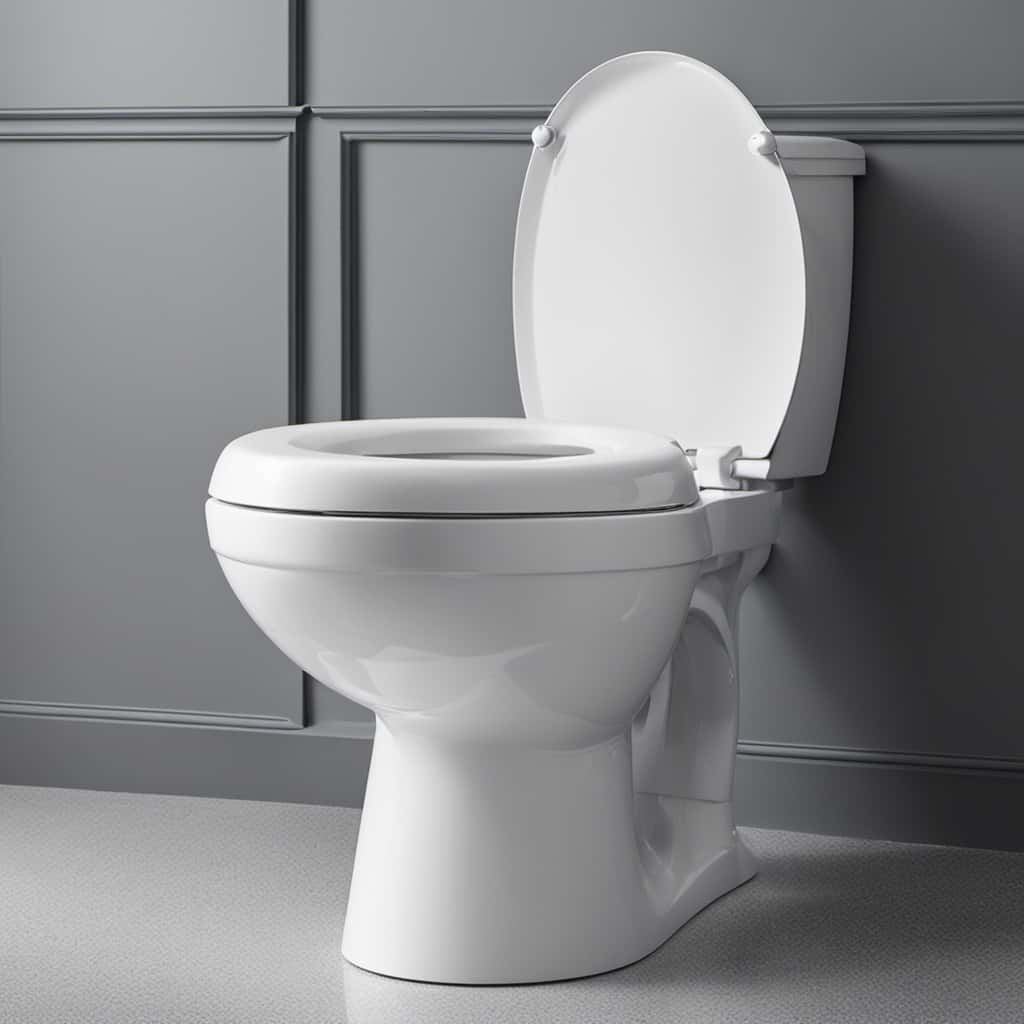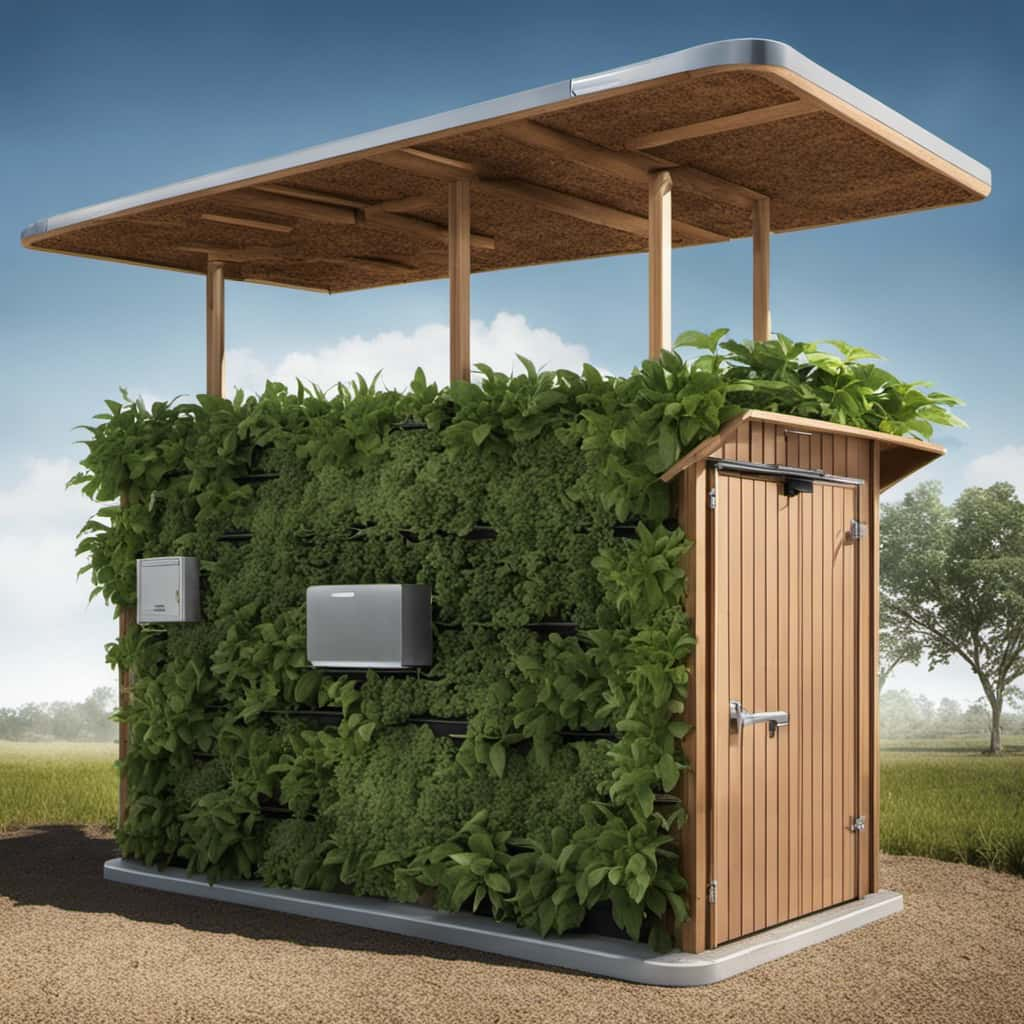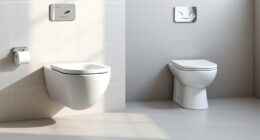Our aim is to clarify the complexities of how your toilet operates by shining a light on the frequently underestimated champion – the flush valve. This crucial element is key to the optimal performance of your toilet, guaranteeing a strong and effective flush.
In this article, we’ll delve into the anatomy of a flush valve, how it works, common problems, maintenance tips, and even upgrading options.
Get ready to master the art of toilet technology with your newfound knowledge of the flush valve.
Key Takeaways
- The flush valve is responsible for proper flushing of waste from the toilet bowl.
- Understanding the components (flapper, overflow tube, fill tube) is essential for proper flushing.
- Common flush valve issues include faulty flappers, clogged overflow tubes, and disconnected refill tubes.
- Regular maintenance and inspection can prevent and troubleshoot flush valve issues.
Importance of the Flush Valve
One of the most important components of a toilet is the flush valve. The flush valve is responsible for the proper flushing of waste from the bowl. It’s a mechanism that opens and closes to allow water to enter the bowl and remove the waste.
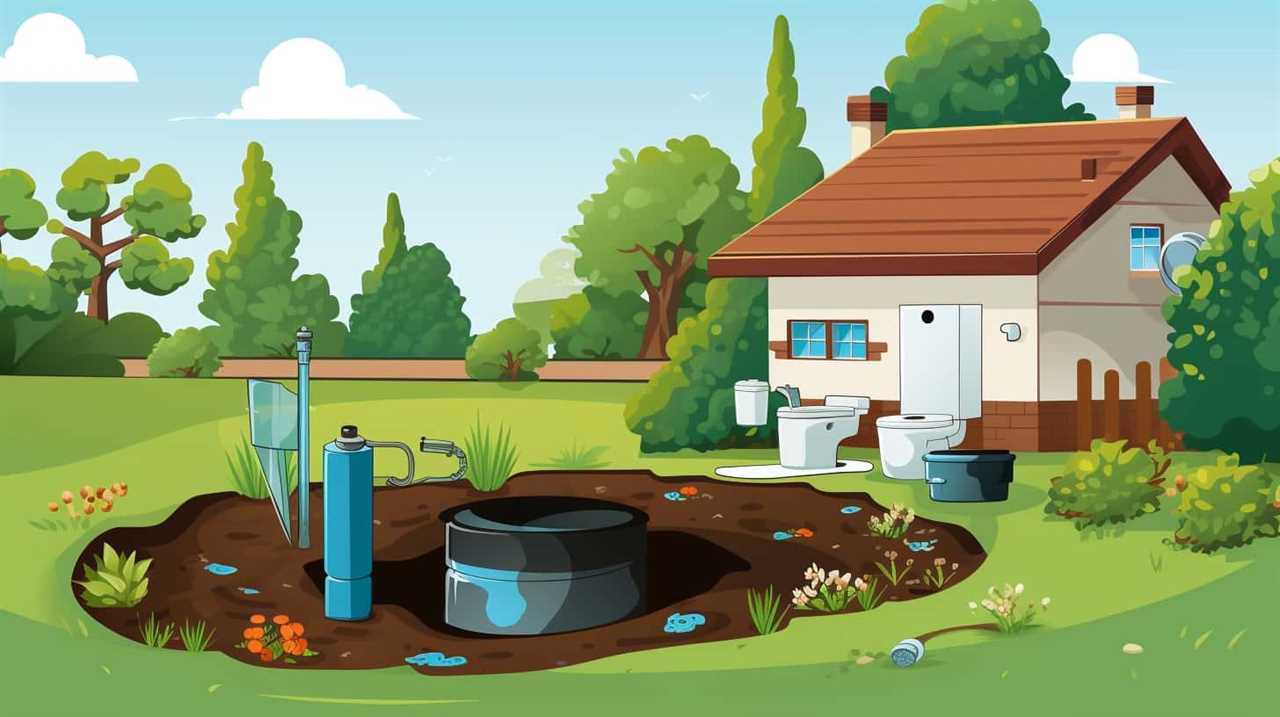
Maintaining the flush valve is crucial for the toilet’s optimal performance. Regular maintenance includes cleaning the valve to remove any debris or buildup that may affect its function. If the flush valve becomes worn or damaged, it may need to be replaced. This can be done by following a few simple steps, such as turning off the water supply, removing the old valve, and installing the new one.
Proper flush valve maintenance and replacement ensure that the toilet functions efficiently and prevents any potential issues with flushing.
Anatomy of a Flush Valve
To understand the anatomy of a flush valve, we need to examine its components and how they work together to ensure proper flushing of waste from the toilet bowl. The flush valve is a crucial part of the toilet system, responsible for releasing a large amount of water into the bowl to remove waste effectively.
Here are the key components and their functions:
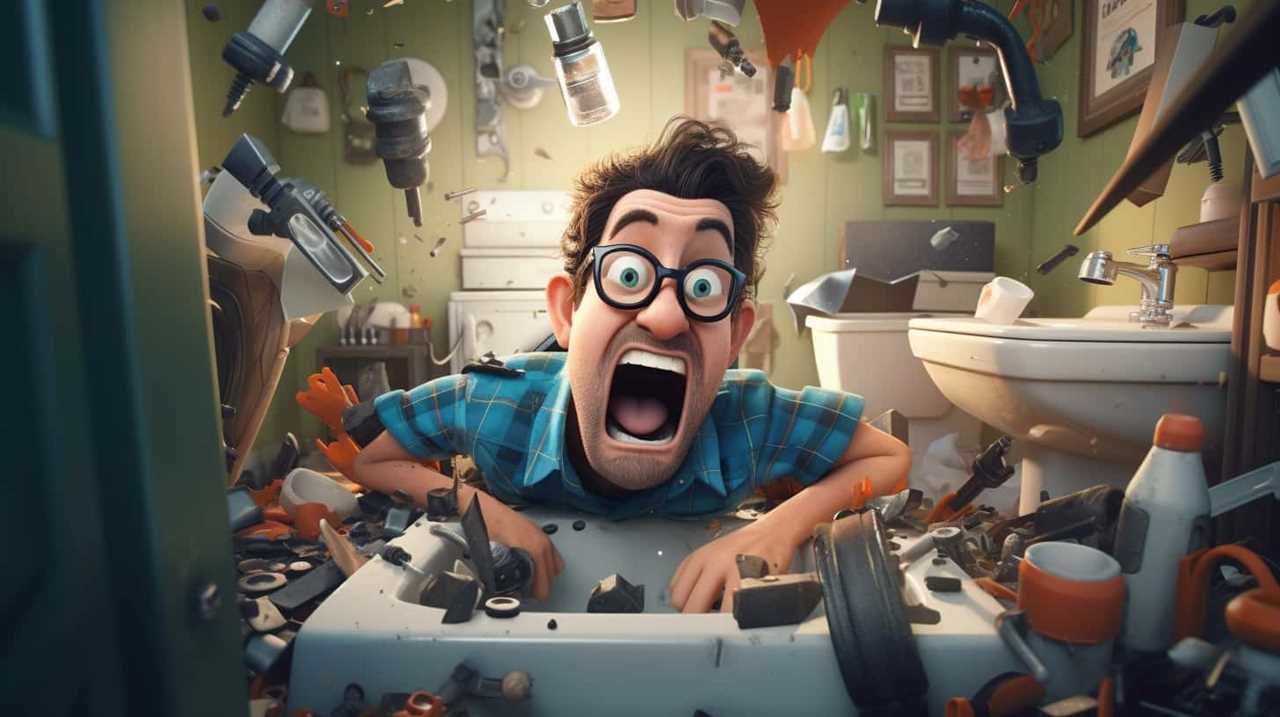
- Flapper: This rubber or silicone disc seals the opening between the tank and the bowl. When the flush lever is pressed, it lifts the flapper, allowing water to flow into the bowl.
- Overflow Tube: Situated inside the flush valve, this tube prevents the tank from overflowing by redirecting excess water into the bowl.
- Fill Tube: This small tube refills the bowl with water after flushing, ensuring a clean bowl for the next use.
Flush Valve Components
When it comes to flush valve components, understanding their function and design is crucial.
The valve is responsible for regulating the flow of water from the tank to the bowl during a flush.
It consists of various parts, such as the flapper, overflow tube, and refill tube, which work together to ensure proper flushing.
However, these components can sometimes experience issues like leaks or clogs, causing the toilet to malfunction.
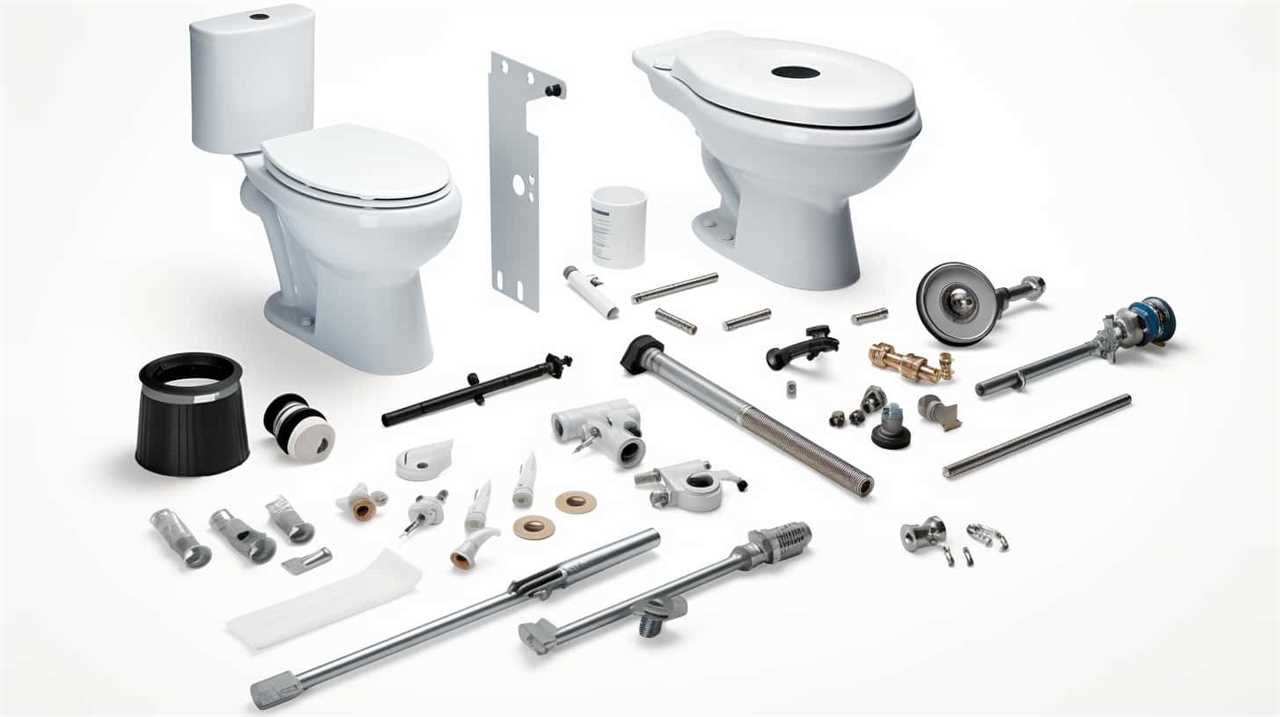
Valve Function and Design
We use a flush valve on our toilets to control the flow of water during the flushing process. Understanding the function and design of the flush valve is essential for proper valve maintenance and repair. The flush valve consists of several components that work together to ensure efficient and effective flushing.
Here are the main components of a flush valve:
- Flapper: The flapper is a rubber or plastic disc that covers the flush valve opening. It’s connected to the flush lever and lifts up when the lever is pressed, allowing water to flow into the toilet bowl.
- Overflow tube: The overflow tube prevents the toilet from overflowing by directing excess water into the toilet bowl.
- Fill valve: The fill valve controls the water level in the toilet tank by regulating the flow of water into the tank. It’s connected to the water supply line and shuts off when the tank is full.
Understanding these components and their functions will help in diagnosing and resolving any issues with the flush valve, ensuring smooth operation and minimizing the need for valve repair.
Common Flush Valve Issues
As we explore common flush valve issues, it’s important to understand the various components of the flush valve and how they can contribute to potential problems. The flush valve is made up of several key parts, including the flapper, the overflow tube, and the refill tube.
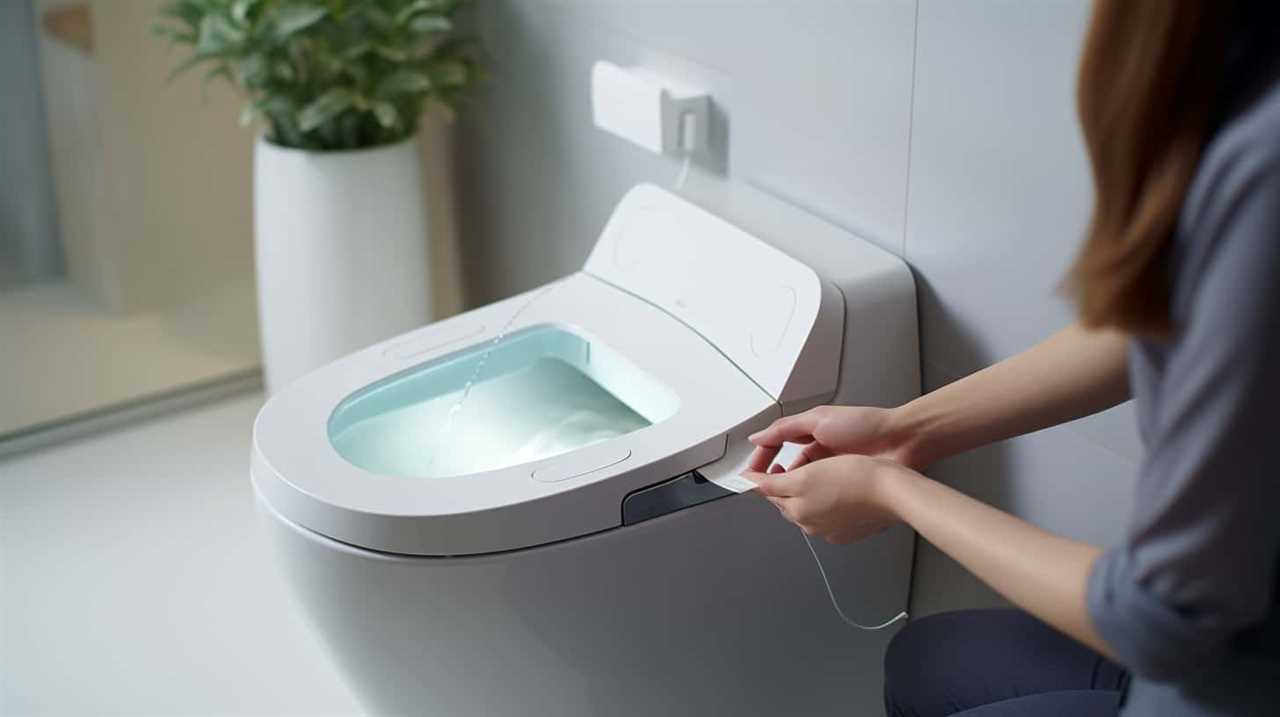
One common issue is a faulty flapper, which can lead to continuous water running and a leaky toilet. To troubleshoot this problem, check for any debris or mineral deposits that may be preventing the flapper from sealing properly.
Another common repair involves the overflow tube, which can become clogged with sediment or debris, causing the water level in the tank to rise too high. To fix this, remove the clog or replace the tube if necessary.
Finally, the refill tube may become disconnected or damaged, resulting in inadequate filling of the tank after a flush. Inspect and reattach the tube if needed.
How Does a Flush Valve Work
The flush valve on a toilet is responsible for releasing water from the tank into the bowl to initiate the flushing process. Understanding how a flush valve works is essential for maintaining the proper functioning of a toilet.
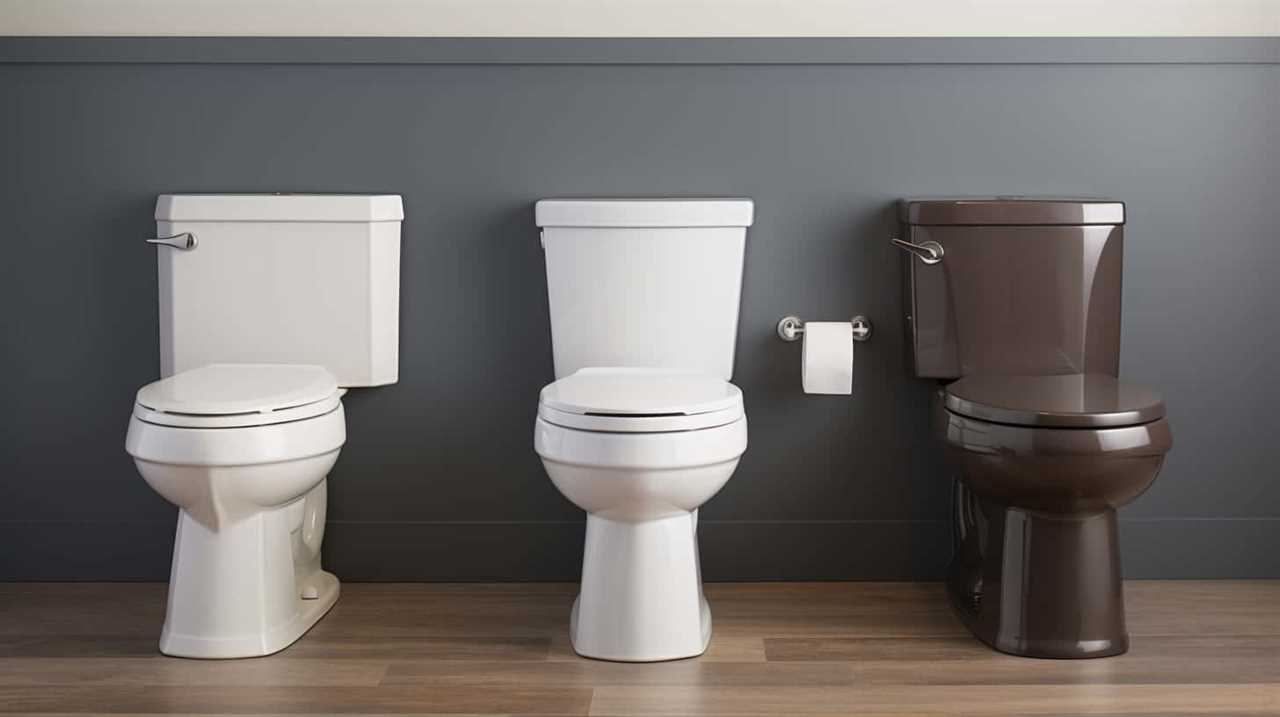
Here is a breakdown of the flush valve mechanism:
- Types of Flush Valves:
- Flapper Valve: This is the most common type of flush valve found in toilets. It consists of a rubber flapper that covers the valve opening in the bottom of the tank. When the flush lever is pressed, it lifts the flapper, allowing water to rush into the bowl.
- Piston Valve: This type of flush valve uses a piston mechanism to control the release of water. When the flush lever is pressed, it lifts the piston, which opens the valve and allows water to flow into the bowl.
Understanding the different types of flush valves and how they work can help troubleshoot any issues that may arise and ensure proper functioning of your toilet.
Types of Flush Valves
There are two main types of flush valves commonly used in toilets.
The first type is the flapper valve, which is a rubber or plastic flap that covers the flush valve opening. When the toilet is flushed, the flapper valve lifts up, allowing water to flow from the tank into the bowl.
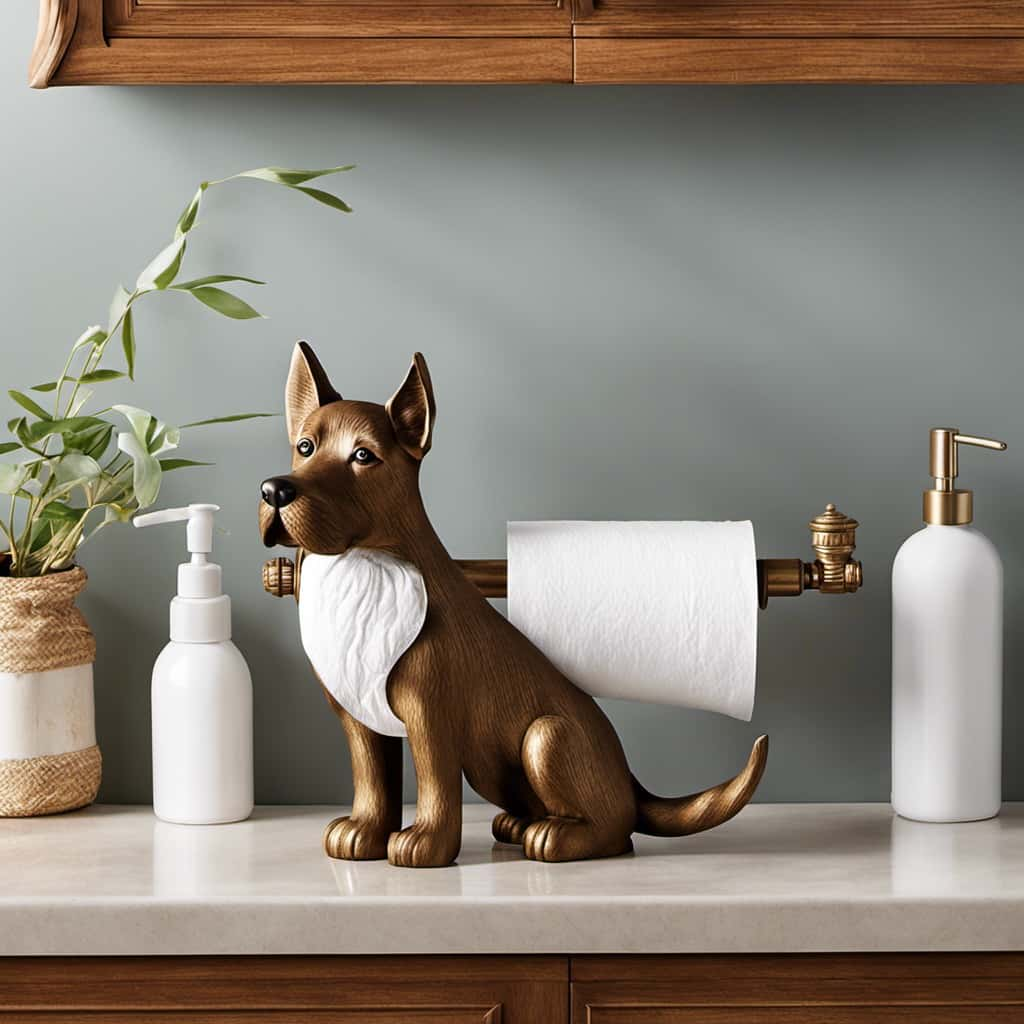
The second type is the flush valve tower, also known as a canister valve. This type of flush valve uses a cylindrical tower that lifts up when the toilet is flushed, allowing water to rush into the bowl.
Both types of flush valves require regular maintenance to ensure proper functioning. This includes checking for any leaks, cleaning the valve and its components, and replacing any worn-out parts.
In case of a malfunction, flush valve replacement may be necessary.
Benefits of a Properly Functioning Flush Valve
Maintaining a properly functioning flush valve is essential for efficient water flow and preventing potential leaks or malfunctions. A properly installed flush valve offers several benefits, including:
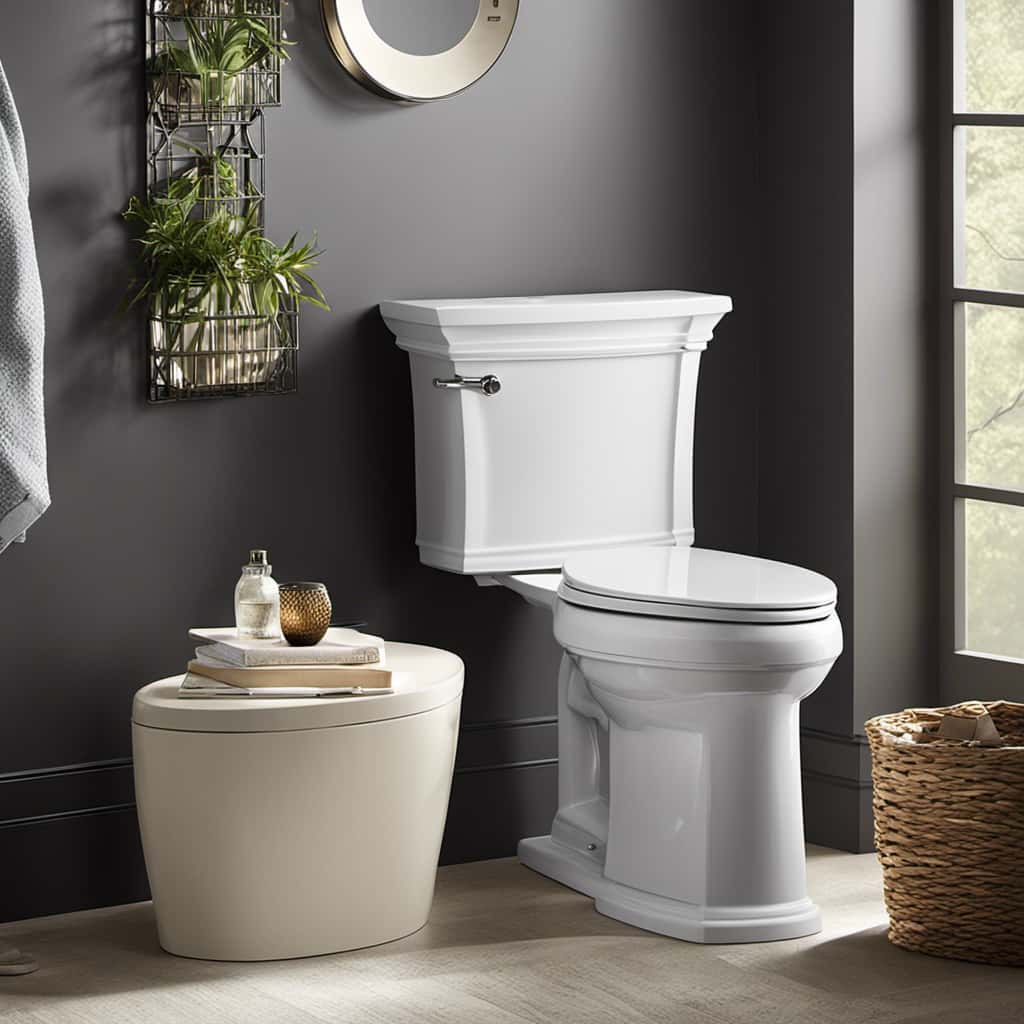
- Water Conservation: A properly functioning flush valve ensures that the right amount of water is used for each flush. This helps to conserve water and reduce utility bills.
- Prevents Clogs: A flush valve that’s working correctly helps to prevent clogs by providing a strong and consistent flush, effectively clearing the waste from the toilet bowl.
- Extended Lifespan: Proper flush valve installation and regular maintenance can significantly extend the lifespan of the valve. This reduces the need for frequent repairs or replacements, saving both time and money.
Signs of a Faulty Flush Valve
When it comes to a faulty flush valve, there are some common signs to look out for. These include:
- A weak or incomplete flush
- Water constantly running into the toilet bowl
- A toilet that won’t flush at all
If you’re experiencing any of these issues, it’s important to troubleshoot the problem to determine the cause and find a solution.
Common Flush Valve Issues
We often encounter common flush valve issues, which are clear signs of a faulty flush valve. When troubleshooting a flush valve problem, there are a few key issues to look out for:
- Insufficient flushing: If the toilet fails to flush properly or only partially empties the bowl, it could indicate a faulty flush valve. This can be caused by a worn-out or misaligned flapper valve that doesn’t seal properly.
- Continuous running: If you notice that the water in the toilet tank keeps running even after the flush, it’s likely due to a faulty flush valve. This could be caused by a worn-out flapper valve that doesn’t close tightly, allowing water to continuously flow into the bowl.
Fixing a faulty flush valve typically involves replacing the flapper valve or adjusting its alignment. Regular maintenance and inspection can help prevent these common issues and ensure the proper functioning of the flush valve.
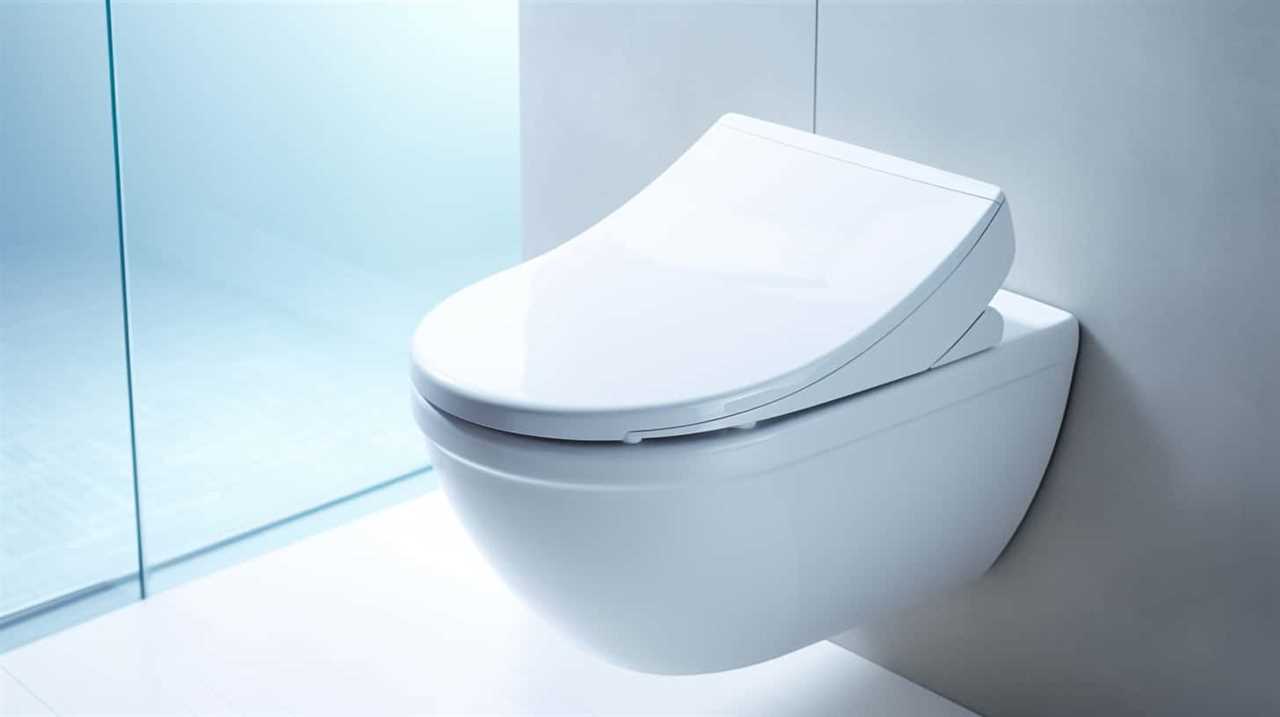
How to Troubleshoot
To troubleshoot signs of a faulty flush valve, it’s important to be aware of certain indicators that may suggest an issue.
One common sign is when the toilet continuously runs after flushing. This could indicate a problem with the flush valve not sealing properly.
Another sign is when the toilet fails to flush adequately, leaving waste behind. This could be due to a weak or faulty flush valve.
Additionally, if you notice water leaking from the tank into the bowl, it could be a sign of a faulty flush valve.
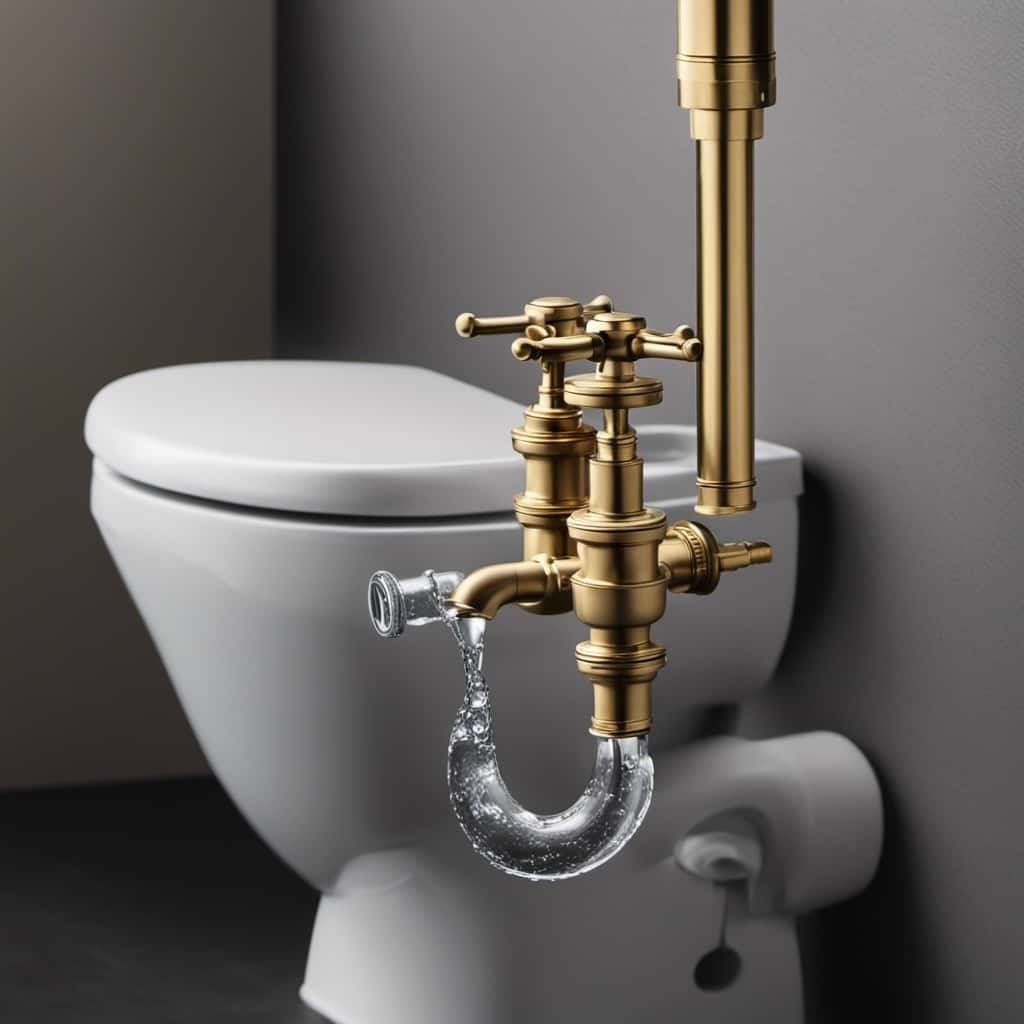
To troubleshoot these issues, you can try adjusting the chain connected to the flush valve or cleaning any debris that may be obstructing the valve’s proper functioning.
If these troubleshooting techniques don’t resolve the issue, it may be necessary to replace the flush valve.
Common Flush Valve Problems
One of the most common problems with a flush valve on a toilet is the leakage of water. This issue can lead to wasted water and higher water bills if not addressed promptly.
To help you troubleshoot and repair a faulty flush valve, here are some useful tips:
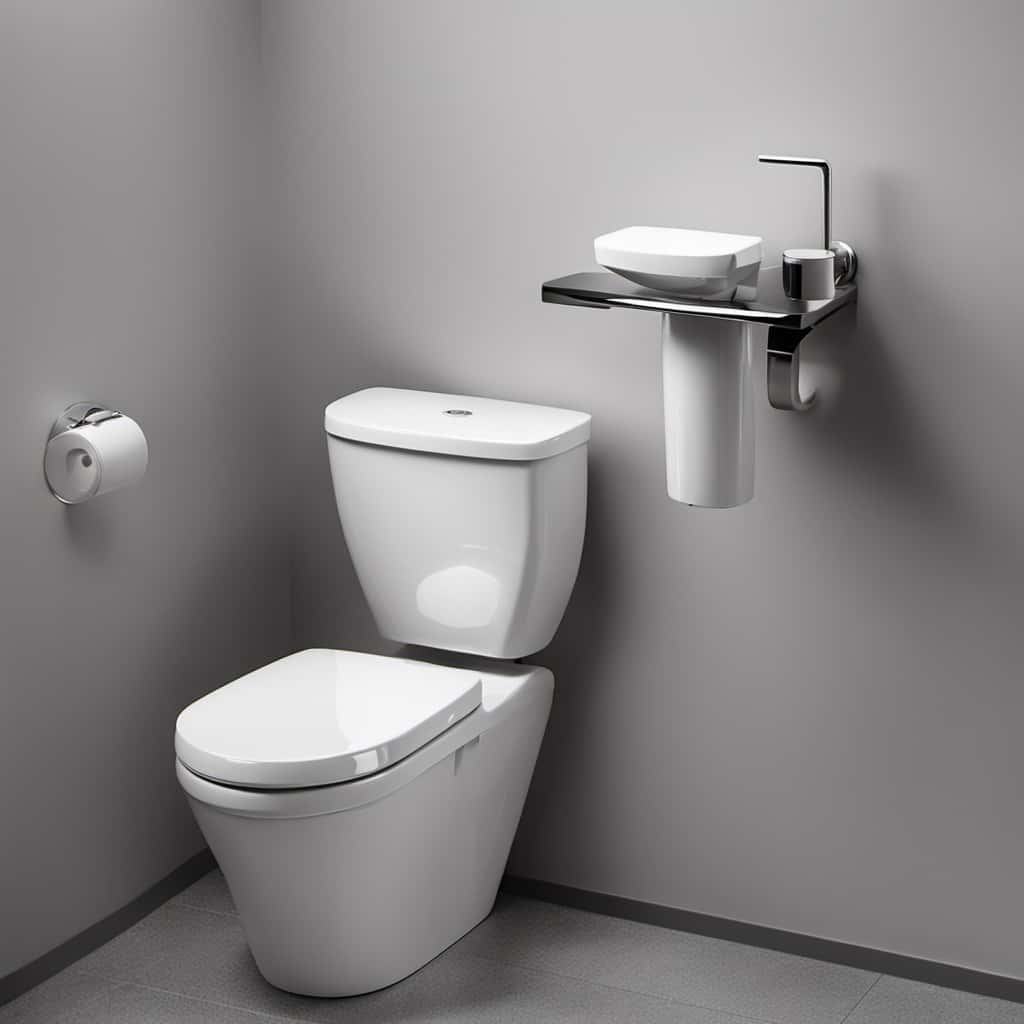
- Inspect the flapper: The flapper is a rubber seal that controls the flow of water from the tank to the bowl. Check for any signs of wear or damage and replace if necessary.
- Check the chain: Ensure that the chain connecting the flapper to the flush handle is properly adjusted. If it’s too tight or loose, it can affect the flush valve’s performance.
- Test the water level: Adjust the water level in the tank to ensure it’s not too high or too low, as both can cause problems with the flush valve.
- Clean the valve seat: Sediment and mineral buildup can prevent the flush valve from sealing properly. Clean the valve seat using a brush or vinegar to remove any deposits.
How to Maintain a Flush Valve
Now let’s talk about how to maintain a flush valve.
Regular cleaning methods, such as using vinegar or a toilet cleaner, can help remove any buildup or debris that may affect the valve’s performance.
Additionally, it’s important to address common maintenance issues, such as leaks or loose connections, promptly to ensure the flush valve continues to function properly.
Regular Cleaning Methods
To maintain a flush valve in proper working condition, we regularly clean it using simple and effective methods. Here are some regular maintenance and cleaning techniques for a flush valve:
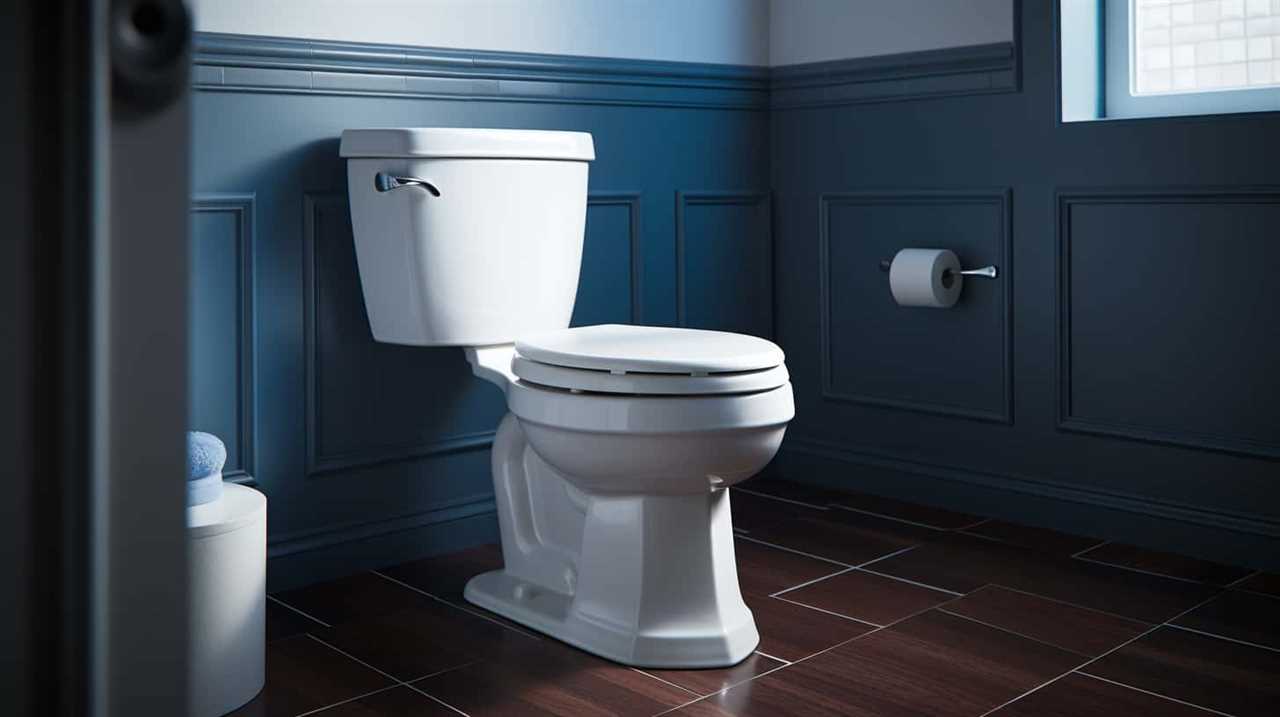
- Inspect and Remove Debris: Regularly inspect the flush valve for any debris or buildup. If you notice any, remove it using a soft brush or sponge.
- Clean with Vinegar Solution: Mix equal parts of vinegar and water in a spray bottle. Spray the solution onto the flush valve and let it sit for a few minutes. Scrub the valve gently with a brush and rinse thoroughly.
Note: Vinegar helps dissolve mineral deposits and disinfect the valve.
- Use a Toilet Bowl Cleaner: Apply a toilet bowl cleaner specifically designed for removing stains and buildup. Follow the instructions on the cleaner’s packaging, scrub the valve gently, and rinse thoroughly.
Note: Ensure the cleaner is safe for the flush valve material.
Regularly performing these cleaning techniques will help keep your flush valve in optimal condition and prevent any potential issues.
Common Maintenance Issues
First, we’ll address the common maintenance issues that arise when maintaining a flush valve. It’s important to troubleshoot any problems with the flush valve to ensure proper functioning of your toilet.
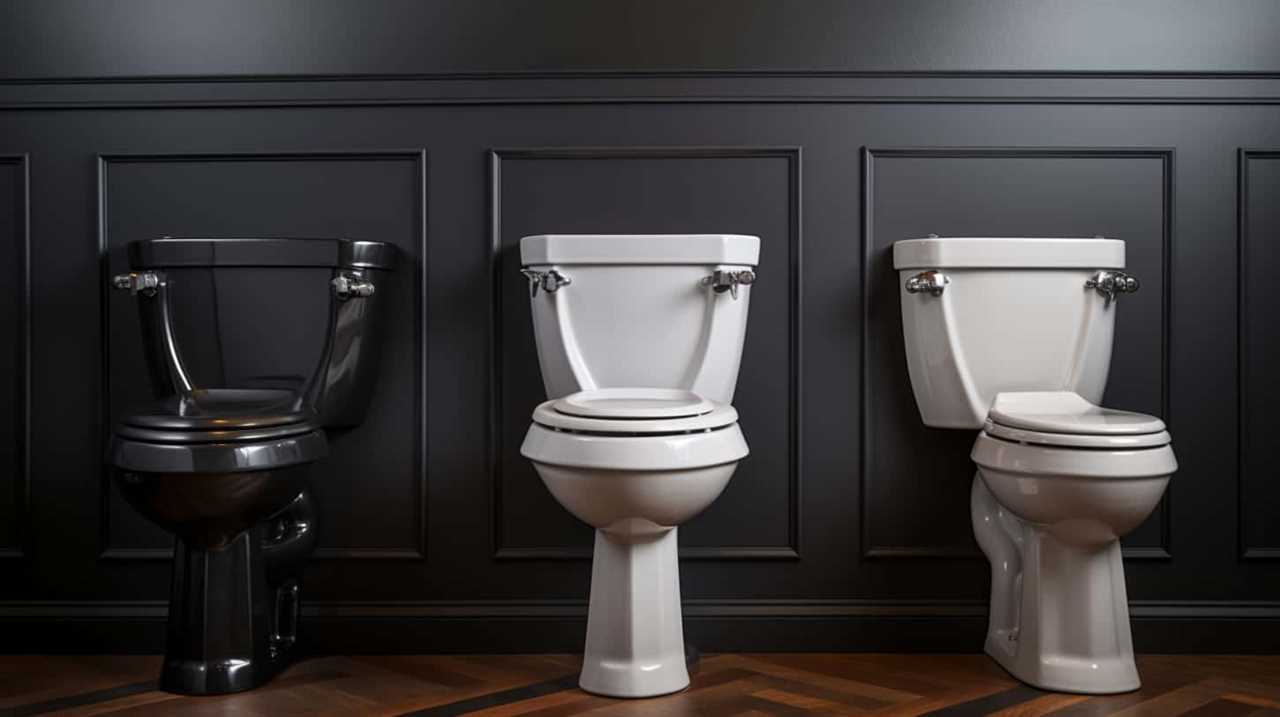
One common issue is a weak or incomplete flush. This can be caused by a clogged flush valve or a faulty flapper. To fix this, you can try cleaning the flush valve with a brush or using a plunger to clear any obstructions.
Another common problem is a continuously running toilet. This can be due to a worn-out flapper or a faulty fill valve. DIY repairs for this issue include replacing the flapper or adjusting the fill valve.
Preventing Future Problems
To prevent future problems, we should regularly maintain the flush valve in our toilets. Here are some troubleshooting tips and preventive measures to avoid leaks and ensure the proper functioning of the flush valve:
- Regular cleaning: Clean the flush valve at least once every three months to remove any mineral deposits or debris that may hinder its operation.
- Check for leaks: Inspect the flush valve for any signs of leakage, such as water pooling around the base of the toilet or a constant running sound. If you notice a leak, replace the faulty gasket or flapper immediately.
- Adjust the chain or rod connecting the flush valve to the handle to ensure proper alignment and prevent leaks.
- Lubrication: Apply a thin layer of silicone-based lubricant to the flush valve’s moving parts to reduce friction and prolong its lifespan.
Upgrading Your Flush Valve
We recommend upgrading your flush valve to improve the performance and efficiency of your toilet. Upgrading your flush valve can provide several benefits, including better flushing power, reduced water usage, and decreased likelihood of clogs. When considering upgrading options, there are a few factors to keep in mind, such as the type of flush valve that is compatible with your toilet model and the cost considerations associated with the upgrade.
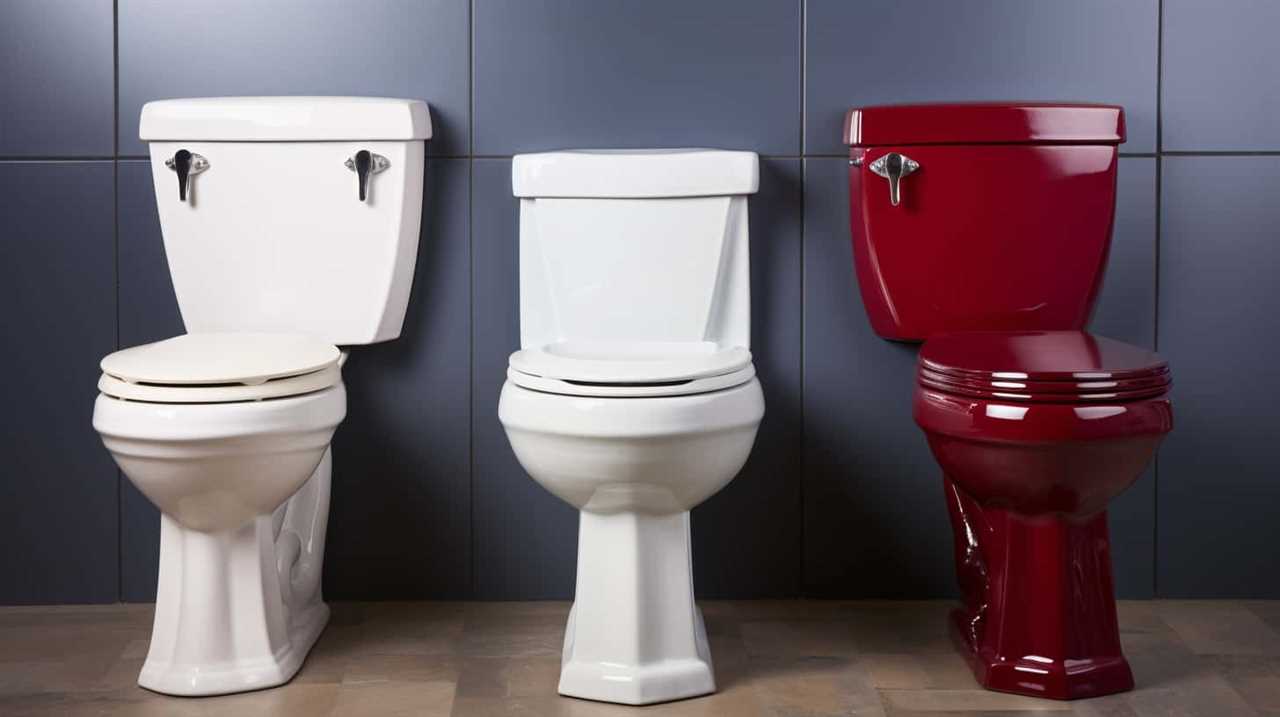
To help you make an informed decision, we have provided a table below outlining different types of flush valves and their associated costs:
| Flush Valve Type | Cost |
|---|---|
| Flapper Valve | $10 – $20 |
| Dual Flush Valve | $30 – $50 |
| Pressure Assist Valve | $100 – $200 |
Troubleshooting Flush Valve Issues
When troubleshooting flush valve issues, our team recommends checking for any blockages or leaks in the system. Here are the steps to fix a faulty flush valve:
- Inspect for blockages:
- Check if there’s any debris or foreign objects obstructing the valve.
- Use a flashlight to carefully examine the valve and remove any visible blockages.
- If the valve appears clear, try flushing with a bucket of water to see if it flushes properly.
- This will help determine if there’s a blockage further down the drain pipe.
- Check for leaks:
- Inspect the area around the flush valve for any signs of water leakage.
- Look for puddles, water stains, or dampness.
- If a leak is detected, tighten the bolts connecting the flush valve to the tank.
- If this doesn’t solve the issue, a faulty gasket or seal may need to be replaced.
Frequently Asked Questions
Can I Repair a Faulty Flush Valve on My Own?
Yes, we can repair a faulty flush valve on our own. Common flush valve problems include leaks and improper flushing. By following the proper steps and using the right tools, we can successfully fix the issue.
How Often Should I Replace a Flush Valve?
Flush valves typically last 5-10 years, but proper maintenance can extend their lifespan. Regularly cleaning the valve and avoiding harsh chemicals can prevent corrosion and ensure optimal performance.
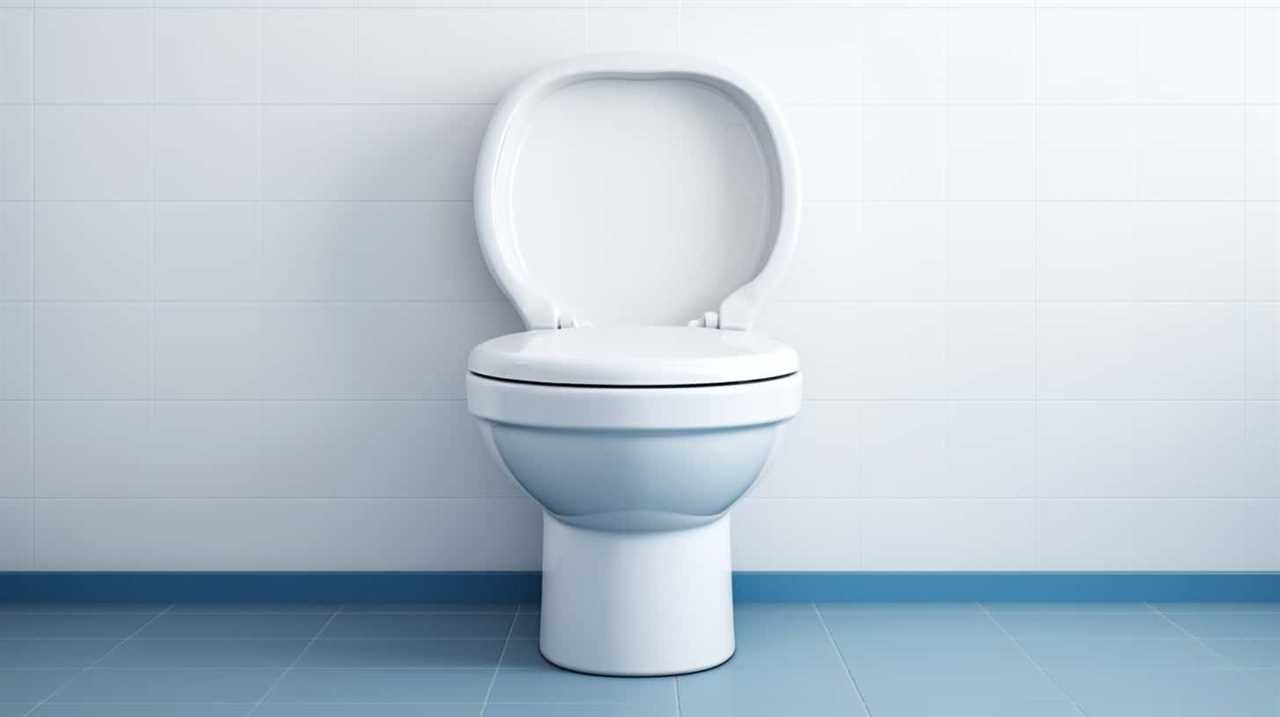
Is It Necessary to Upgrade My Flush Valve if It Is Functioning Properly?
We don’t need to upgrade the flush valve if it’s working well. However, for better performance and water efficiency, regular maintenance like cleaning and checking for leaks is recommended. Upgrading can provide benefits like improved flushing power and reduced water consumption.
What Are the Signs of a Flush Valve Problem That I Should Look Out For?
When it comes to flush valve problems, we need to be vigilant. Signs of leakage or slow flushing can indicate a malfunction. Common causes include worn seals or a faulty fill valve. Maintenance is crucial for a well-functioning toilet.
Can a Faulty Flush Valve Cause Water Leakage?
Yes, a faulty flush valve can cause water damage. It is a common problem in toilets. When the flush valve fails to seal properly, water can leak out, leading to potential damage and higher water bills.
Conclusion
In conclusion, the flush valve is like the beating heart of a toilet, ensuring the smooth flow of waste and maintaining proper hygiene. Its components work together seamlessly to create a powerful flush, preventing clogs and keeping your bathroom clean.
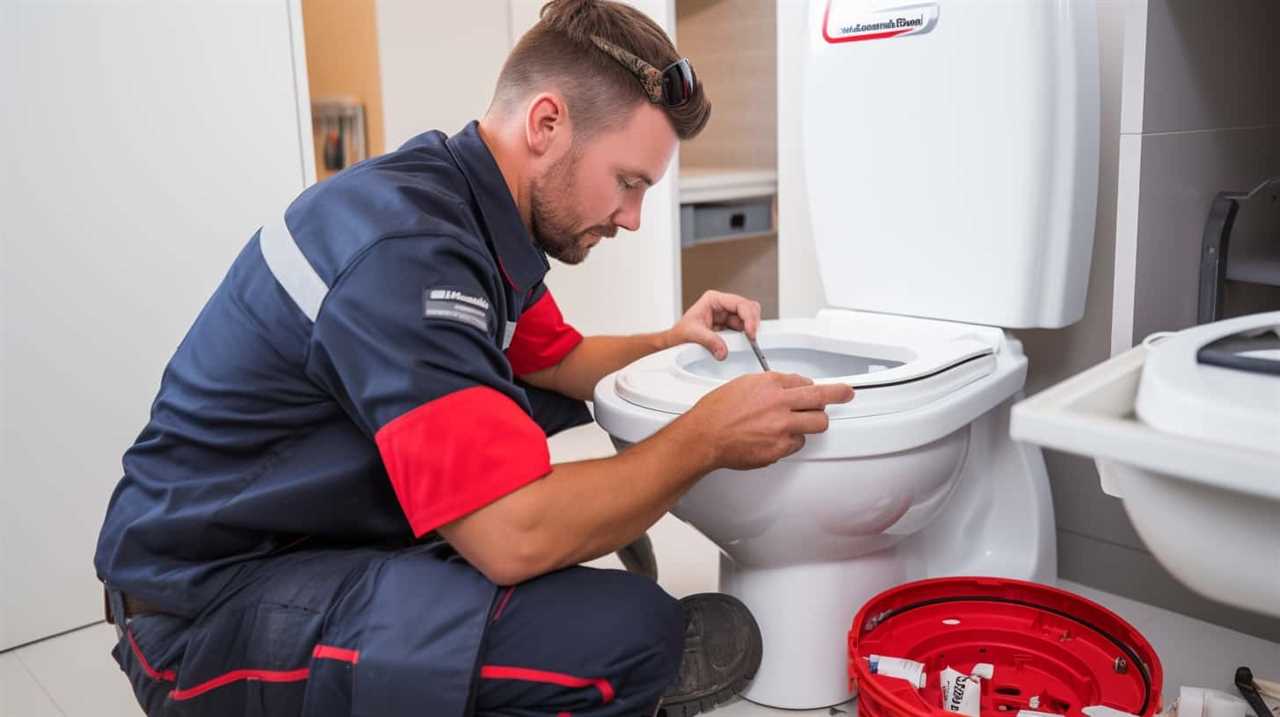
By understanding the anatomy and function of a flush valve, as well as knowing how to troubleshoot and maintain it, you can ensure the longevity and efficiency of your toilet.
So, pay attention to this unsung hero and keep your bathroom in tip-top shape.
